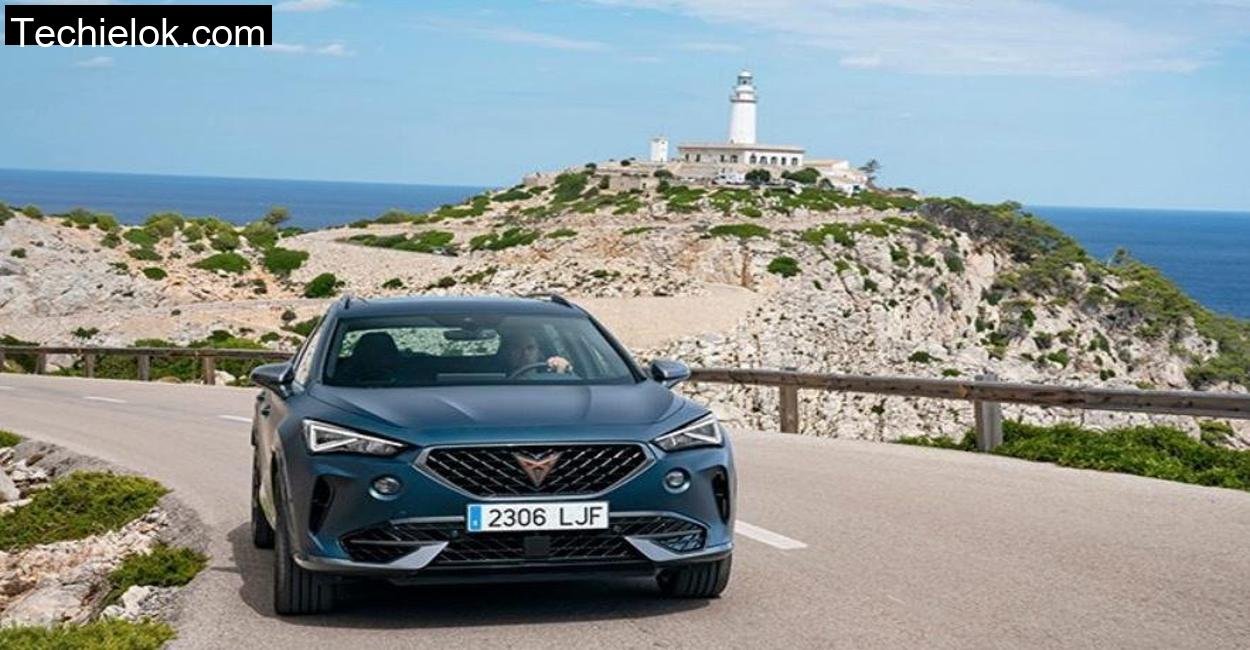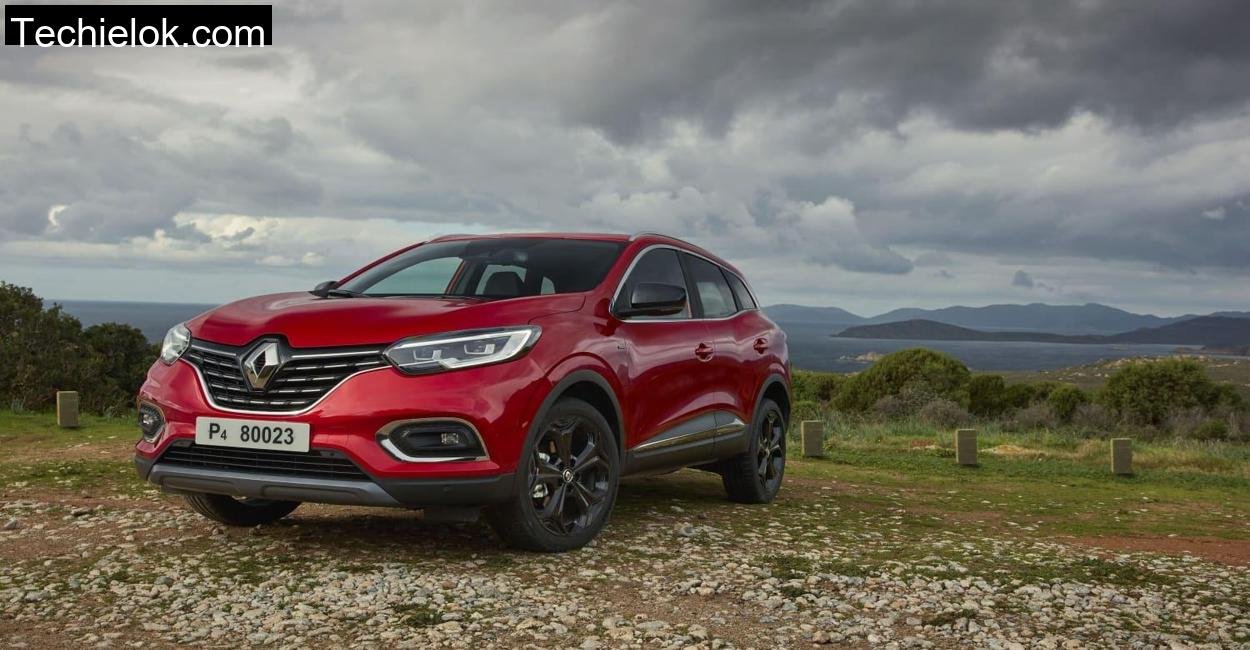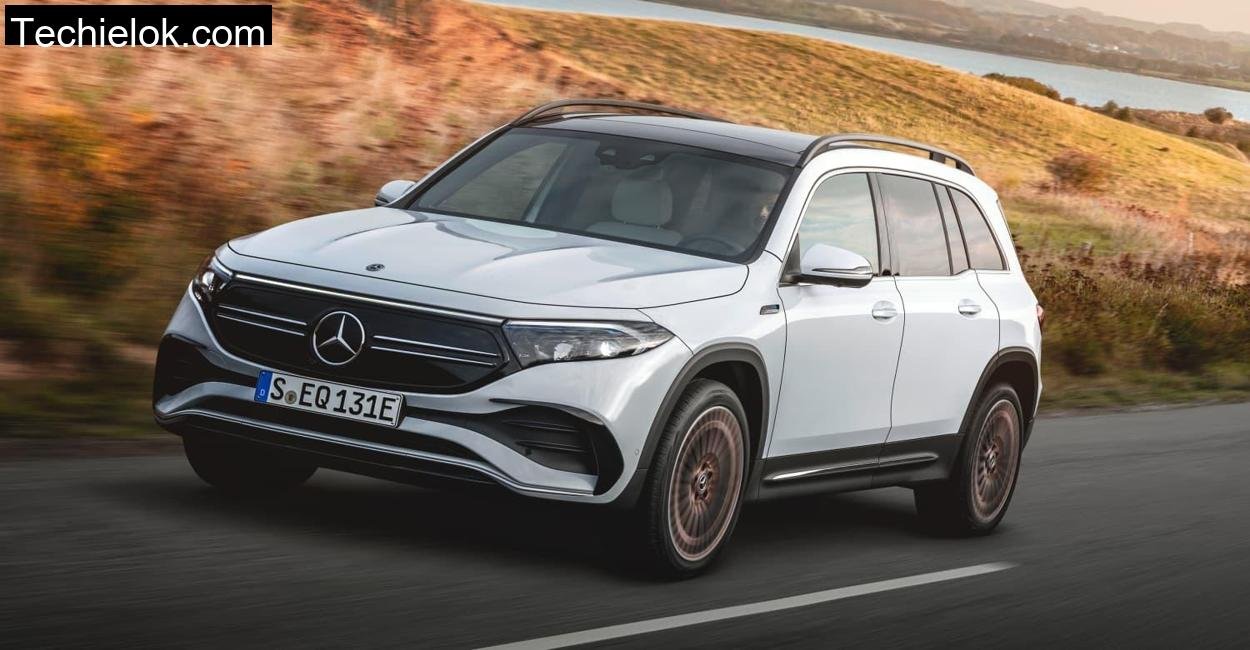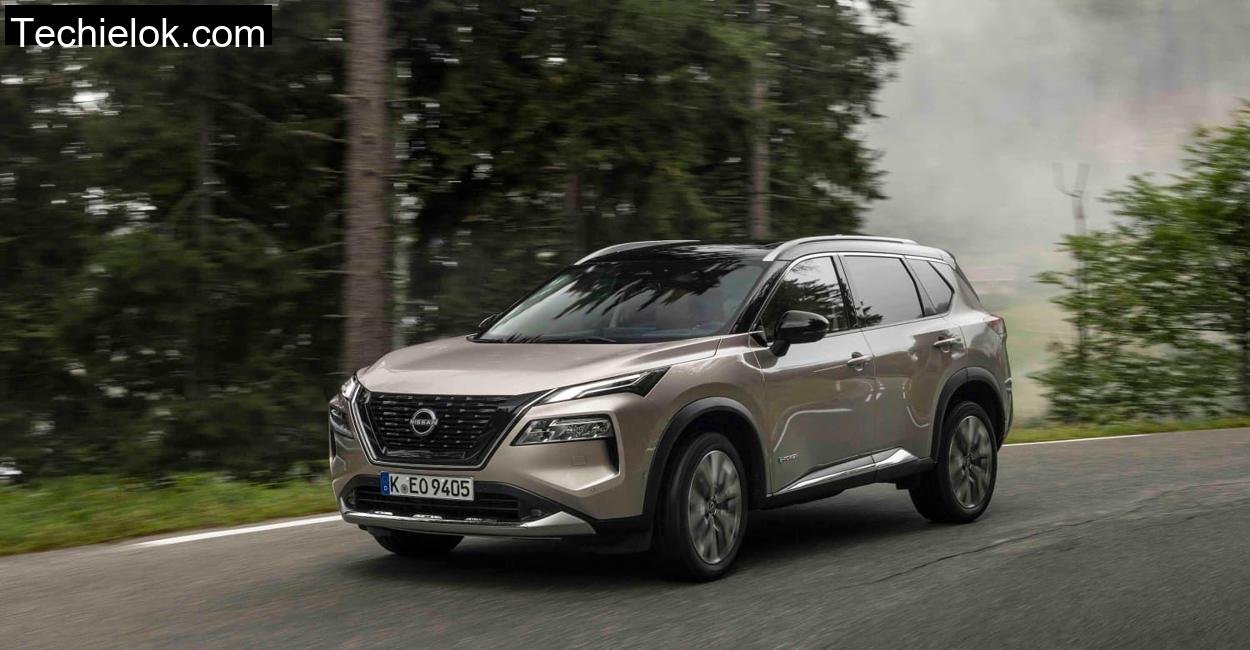There’s a stretch of winding tarmac that cuts through the Schmücke mountains, narrow, beautifully forested, and eerily quiet on most mornings. It’s where I went to meet an old friend wearing a fresh suit: the Nissan Leaf. A car that once turned heads for being among the very first fully electric compact hatchbacks you could actually buy. Now in its second generation and facing fierce competition from every direction, I brought both the 40 kWh and 62 kWh variants to the Schmücke to see whether the Leaf still holds relevance, or whether it’s now just an echo in EV history.
This place, Schmücke, is where I like to drive cars that aren’t built for drama but demand attention through something deeper: usability, sensibility, real, world performance. And the Leaf, with its cleanly carved body and conservative demeanor, seemed to be whispering: test me, don’t underestimate me.
Driving Feel: Dual Character Between 40 kWh and 62 kWh
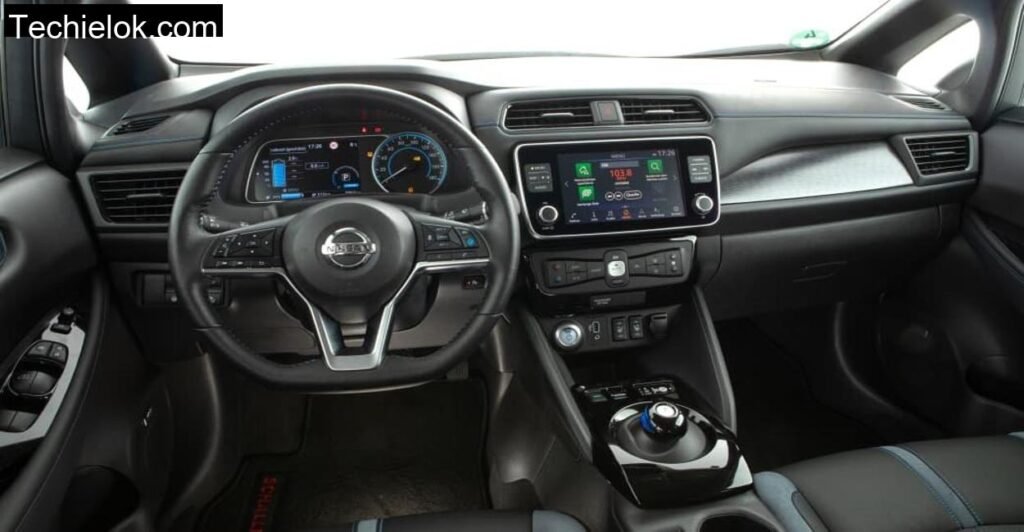
When I first slid into the 40 kWh Leaf, it felt… honest. There’s no grand pretense in the cabin. The layout is simple, and the materials are passable for this price segment, but not lavish. You sit slightly high, almost crossover, like, with a broad dashboard ahead and that quirky spherical gear selector nestled into a piano black console.
On the move, the 110 kW (150 hp) motor pulls cleanly. It’s not startling, but the torque is instant, 320 Nm, and especially useful in the Schmücke’s uphill sections where pedal response matters. In tight bends and switchbacks, the Leaf’s steering is light and doesn’t offer much feedback, but it’s accurate enough to place the front wheels precisely. It felt nimble in town but occasionally floated over undulations, soft in its damping.
Then I switched to the e+ version, the 62 kWh Leaf with 160 kW (217 hp). This wasn’t the same car. Suddenly, the Leaf felt alert. The additional 67 horses and 340 Nm of torque translated to a 0, 100 km/h sprint in 6.9 seconds, genuinely quick for this segment. But there’s a compromise: the ride becomes harsher. The e+ model’s suspension felt stiffer over the uneven B, roads of the Schmücke. Where the 40 kWh Leaf would breathe over patches, the 62 kWh jolts. It’s a heavier car too, nearly 1,760 kg empty, and that’s tangible on tight downhill curves where you feel the mass pushing against the limits of the tires.
But I’ll give it this, the e+ Leaf feels alive. With a smooth surface and the throttle cracked open, it delivers that electric surge that never gets old. No shifting, no delay, just motion. That alone made the 62 kWh version my pick for spirited single, driver runs. But if I were commuting, the base version might be the better match, quieter, calmer, easier on your spine.
Range and Charging: The Numbers Matter More Than Ever

Let’s get something clear: this isn’t a Tesla, and it doesn’t pretend to be. Nissan quotes 270 km WLTP for the 40 kWh and up to 385 km for the 62 kWh. Real, world? Not even close. On my test, which included rural climbs, stop, start town driving, and some highway bursts, the 40 kWh Leaf managed just shy of 200 km. That’s city commuter territory. The 62 kWh Leaf managed closer to 300 km, a respectable figure, but still behind a Kia Niro EV or Hyundai Kona Electric.
And here’s the rub: the Leaf still uses CHAdeMO. While technically still supported, most fast, chargers in Germany now prioritize CCS. At the best, case 50 kW DC rate, you’re looking at 45 to 66 minutes to get from 20% to 80%, not exactly rapid. AC charging caps at 6.6 kW, meaning a home wallbox will take about 15 hours for a full charge on the big battery. If you plug into a standard socket, go ahead and clear your schedule, up to 32 hours.
In Schmücke, where outlets are few and fast chargers are precious, I felt the Leaf’s age more than ever. It still works, but it doesn’t work quickly.
Technology and Cabin Experience: Solid But Familiar
I have a love, hate relationship with the Leaf’s interior. It doesn’t dazzle, but everything works. The infotainment system, with Apple CarPlay and Android Auto, functions fluidly. The navigation is usable, if dated. What I liked was the practicality, decent, sized cup holders, USB ports where you need them, and physical buttons for climate control. Thank you, Nissan, for not burying everything in a touchscreen.
One standout feature is the digital rearview mirror that beams the camera feed straight to your eyes. It’s crisp and helpful, especially with the rear window somewhat narrow. The e, Pedal system, which allows single, pedal driving, is hit or miss. In tight Schmücke hairpins, I found myself fumbling between rolling smoothly and braking too hard. It takes finesse, and I still prefer the regenerative tuning in a BMW i3 or even a Tesla Model Y.
Seats are fine for people under 1.85 meters. Taller drivers might feel their legs constrained, and the rear isn’t exactly limo, grade. However, cargo space is solid at 394 liters, expanding to 790 liters with the rear bench down. Two medium, sized mountain bikes without wheels fit snugly with a bit of creative positioning, though the high load floor complicates heavier gear.
Suspension and Handling: Comfort First, Precision Second
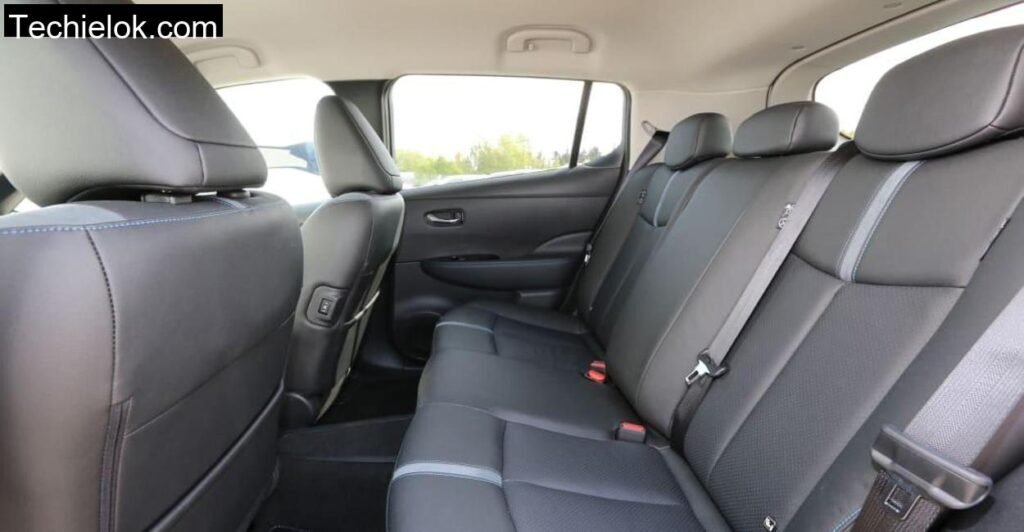
On the backroads of Schmücke, where the forest occasionally opens into sun, drenched clearings, the Leaf’s true personality surfaces. It’s not about corner, carving. It’s about composure. The 40 kWh Leaf in particular floats gently over ripples, offering the kind of relaxed, unflustered ride that EVs are good at. Urban bumps and tram tracks vanish under its soft springs.
The e+ version, by contrast, feels heavier and tauter. Not harsh, but you sense the engineers stiffened the dampers to cope with the added battery mass, and perhaps that took away some of the charm. There’s no adaptive damping, and you get no drive modes to tweak, this is a car that asks you to take it as it is.
In quick emergency maneuvers, the Leaf remains neutral, with the ESP stepping in predictably. It doesn’t feel sporty, but it does feel safe. Which, frankly, is more valuable for its target buyers.
Pricing and Value in 2025
When Nissan launched the Leaf’s current generation, it started around €36,800. Thanks to several price cuts, the base version now begins at €33,400, while the e+ starts at €41,100. For a car with this much standard equipment, adaptive cruise, lane keep assist, blind, spot warning, emergency braking, it’s still decently specced. But the segment has evolved.
A similarly priced MG4 offers better charging. A Hyundai Kona EV delivers more range. Even the Renault Mégane E, Tech (from the same alliance) offers newer tech, a more modern interior, and better performance. That’s not to say the Leaf is irrelevant, it’s just no longer at the cutting edge.
What it does offer is reliability. A decade of production, millions of units sold, and a rock, solid battery record make the Leaf a smart buy for those wanting proven technology, not bleeding, edge experimentation.
Technical Specifications: Nissan Leaf 40 kWh vs 62 kWh
For complete accuracy and consistency, all technical content is sourced from Nissan’s official platform.
| Specification | Nissan Leaf (40 kWh) | Nissan Leaf e+ (62 kWh) |
| Power | 110 kW / 150 hp | 160 kW / 217 hp |
| Torque | 320 Nm | 340 Nm |
| Acceleration 0, 100 km/h | 7.9 seconds | 6.9 seconds |
| Top Speed | 144 km/h | 157 km/h |
| WLTP Range | 270 km | 385 km |
| Real, world Range (ADAC tested) | ~200 km | ~300 km |
| Battery Capacity (gross/net) | 40.0 / 39.0 kWh | 62.0 / 59.0 kWh |
| Charging (AC/DC) | 2.3, 6.6 / 50 kW | 2.3, 6.6 / 100 kW |
| Trunk Space (rear seats up/down) | 394 / 790 liters | 394 / 790 liters |
| Vehicle Length | 4,490 mm | 4,490 mm |
| Curb Weight | 1,580 kg | 1,756 kg |
| Price (base) | €33,400 | €41,100 |
Conclusion: Still Capable, But Fading in the Rearview Mirror
After spending a long day driving both versions of the Nissan Leaf through the varying elevations and tree, lined twists of the Schmücke, I came away with a deep respect, and a little melancholy. The Leaf still drives decently, still feels trustworthy, and still delivers clean, usable electric mobility. But in 2025, that’s no longer enough. It’s being outpaced in charging tech, range, and design by newer competitors.
Would I recommend it? To someone who values reliability, local driving, and wants a used bargain, absolutely. But if you’re looking for the future, the Leaf now feels like the past.
Is the Nissan Leaf still worth buying in 2025?
If you value proven EV reliability and mainly drive short distances, yes. For long, range or rapid charging needs, there are better alternatives.
Does the Nissan Leaf support CCS fast charging?
No, it uses the older CHAdeMO standard, which is becoming less common in Europe.
Is the Nissan Leaf good for highway trips?
Not ideal. Range and charging speed limitations make longer drives less convenient than with newer EVs.



